The bottled water industry promises purity and convenience, but not all brands deliver on that first promise. Hidden in many popular bottled waters are tiny synthetic particles called microplastics. These invisible contaminants come from plastic packaging, bottle caps, and the bottling process itself. Some brands are more likely than others to contain them. If you drink bottled water often, it is worth knowing which options carry the highest risk. This article takes a closer look at five bottled water brands most likely to contain microplastics, based on packaging, filtration methods, and overall industry practices.
What Are Microplastics and Why They Matter
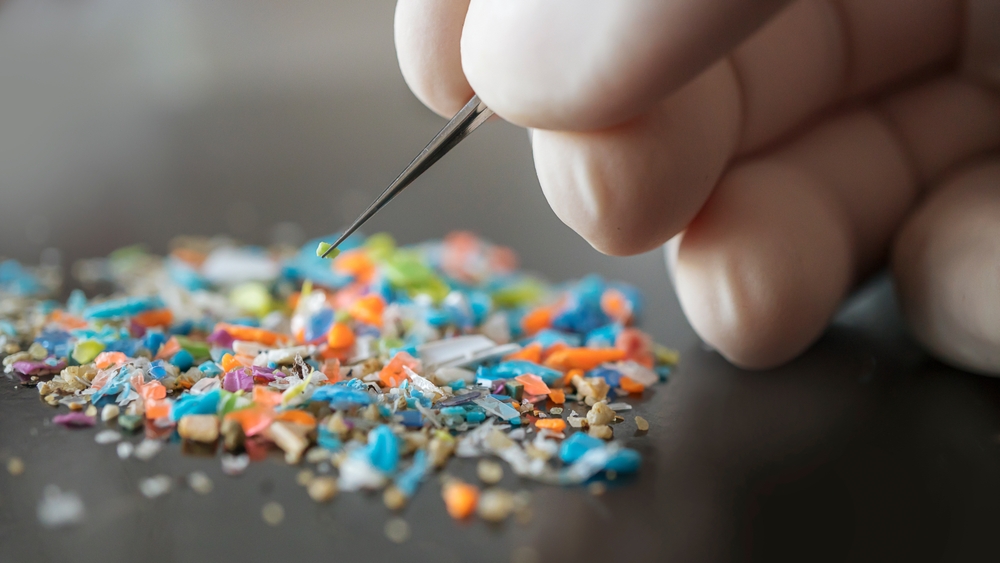
Microplastics are plastic particles smaller than 5 millimeters. They break off from larger plastic items through friction, heat, or degradation. In bottled water, these fragments often come from the bottle itself or the plastic cap. Some are even added during the manufacturing process by accident. While most of these particles are too small to taste or see, they can end up in the human body with repeated exposure. Scientists are still exploring the long-term effects, but early research shows that microplastics may cause inflammation, disrupt hormones, and carry toxic chemicals into organs. For this reason, it is important to limit how many microplastics you consume, even from something as simple as bottled water.
1. Nestlé Pure Life
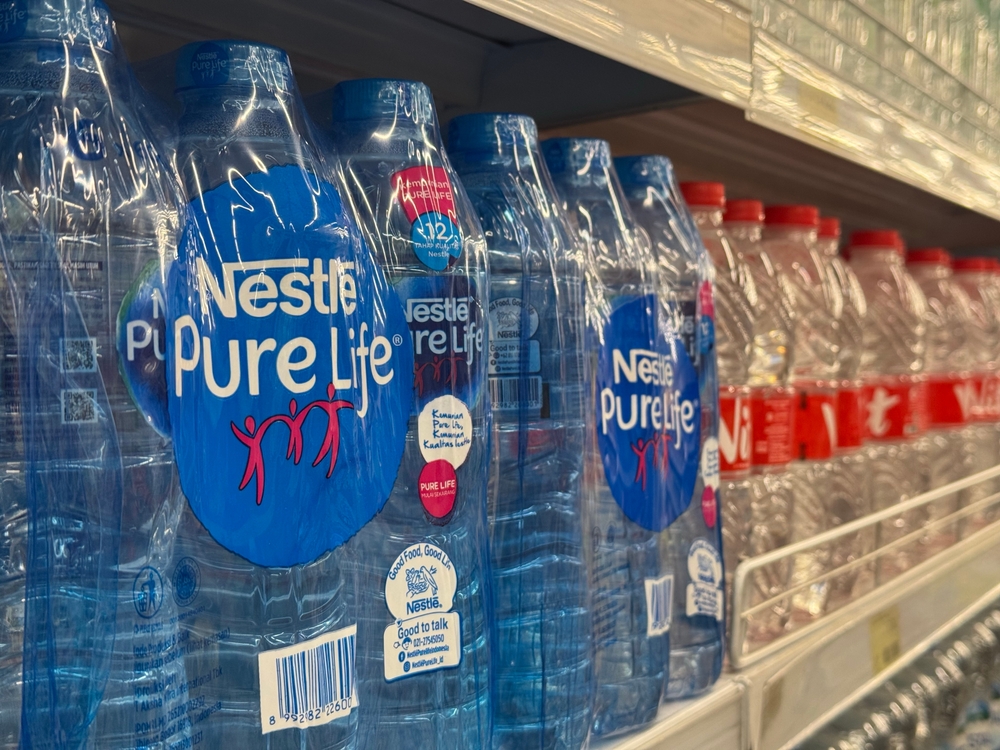
Nestlé Pure Life is one of the largest bottled water brands in the world, sold in dozens of countries. The brand has faced scrutiny over its filtration and packaging processes. It uses polyethylene terephthalate bottles, which are known to shed microplastics over time. High temperatures during transport or storage can speed up this shedding. Additionally, bottling lines made of plastic can release more particles when high pressure is used. Reports have shown that samples of Nestlé Pure Life sometimes contain some of the highest amounts of microplastics compared to other bottled waters. This risk may not come from poor water sources, but from the packaging and machinery involved in the bottling process.
2. Bisleri
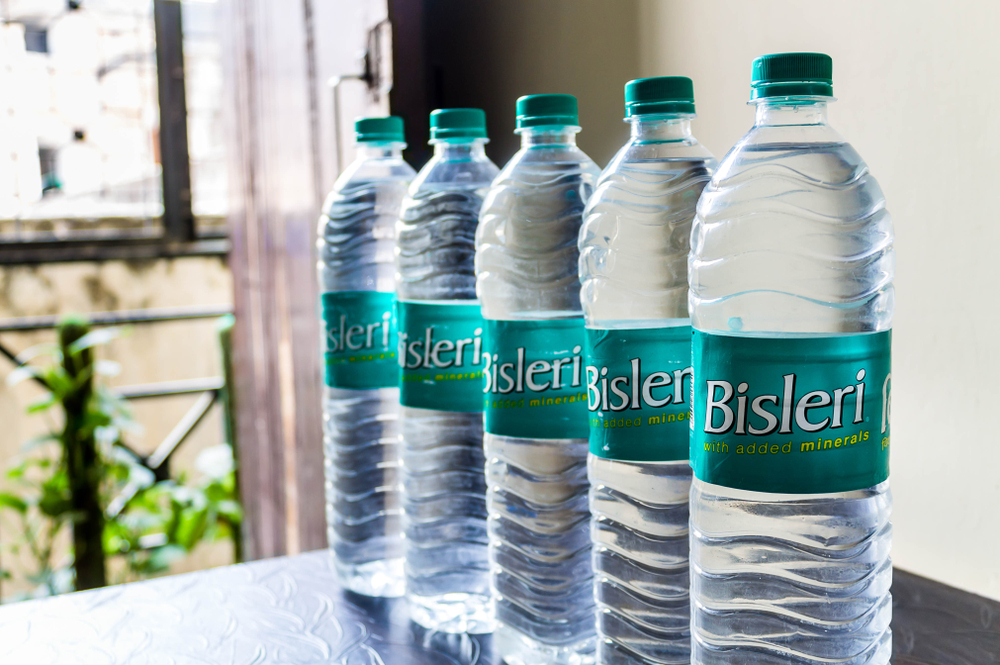
Bisleri is one of the most consumed bottled water brands in India, with a strong presence in Asia and the Middle East. Despite its popularity, the brand has shown signs of contamination from microplastics. The caps used on Bisleri bottles are tightly fastened, creating friction each time the bottle is opened or closed. This friction can release microplastics into the water. The packaging is also often reused or exposed to sunlight during storage, which can cause the plastic to degrade and release particles. Consumers looking for cleaner options should consider how the bottle is stored and transported, especially in warmer climates where plastic decay happens faster.
3. Aquafina
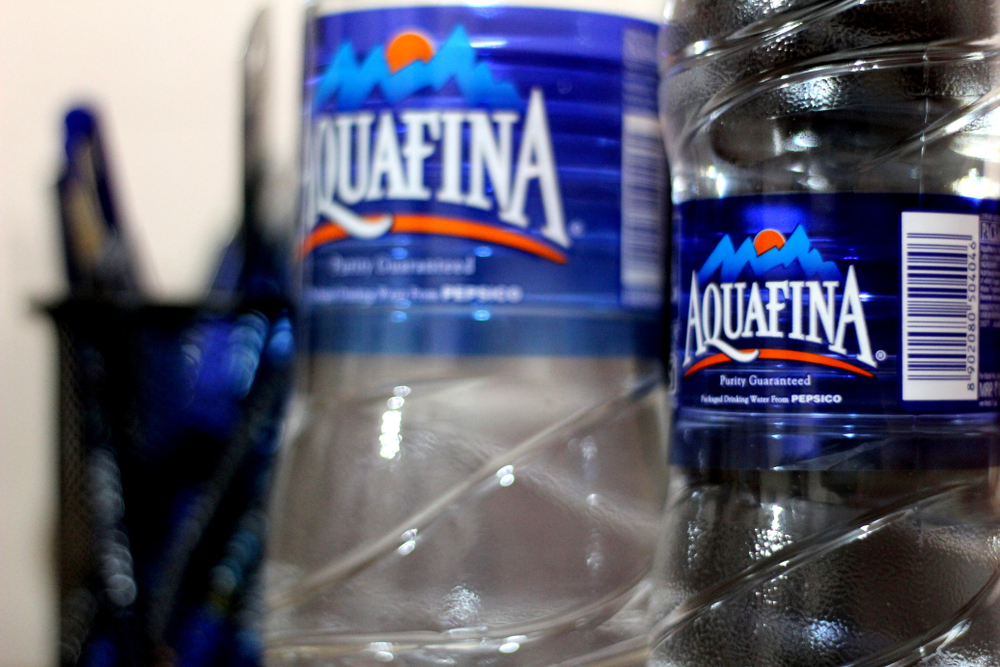
Aquafina, a brand owned by a major beverage company, is another bottled water that may contain higher levels of microplastics. Aquafina uses reverse osmosis for water purification, which removes many contaminants. However, the purified water is then packaged in standard plastic bottles that can reintroduce microplastics into the final product. In some tests, Aquafina samples have shown a mixture of microplastic fragments and fibers, which may come from bottle caps and filtration equipment. While the company maintains quality control, the physical components of packaging remain a weak point for avoiding microplastic exposure.
4. Dasani
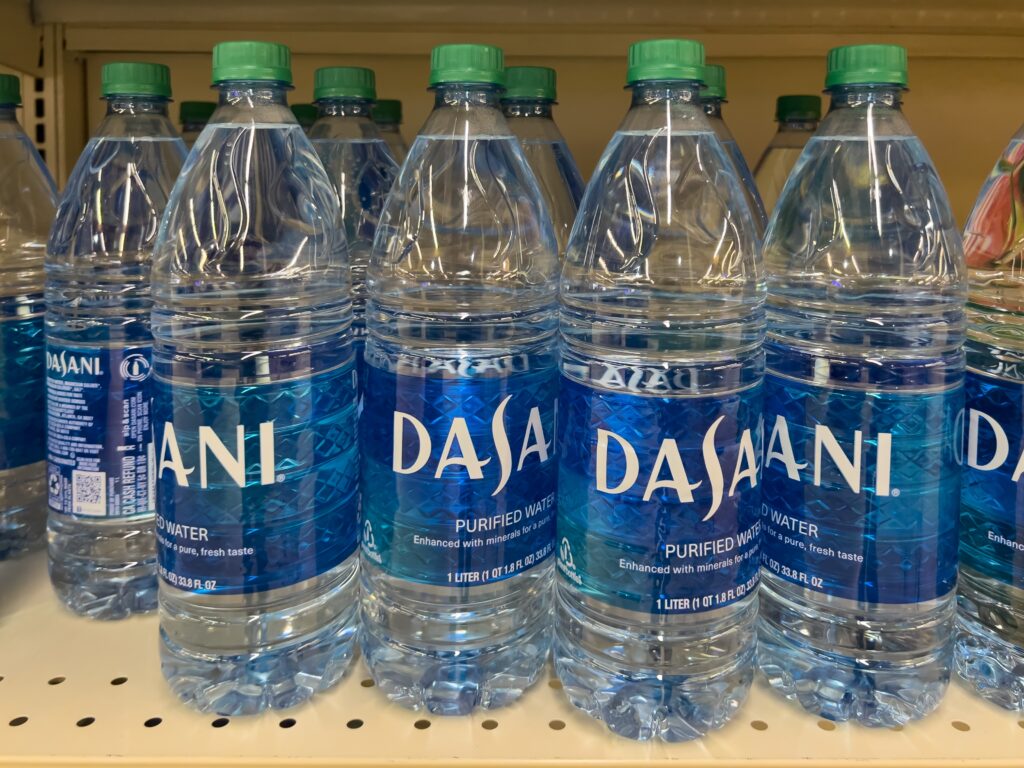
Dasani, another globally recognized brand, is also known to have microplastics in some of its samples. The bottles used by Dasani are often made with recycled plastic, which may already contain microplastic traces before even being molded. Though recycled plastic helps the environment, it does not eliminate the risk of contamination. On top of that, bottling equipment and bottle closures may be another source of microplastic fragments. Dasani water itself may be purified, but the overall bottling system can add synthetic debris back into the water before it ever reaches the consumer. If you are concerned about microplastics, even well-known brands like this one require closer scrutiny.
5. Evian
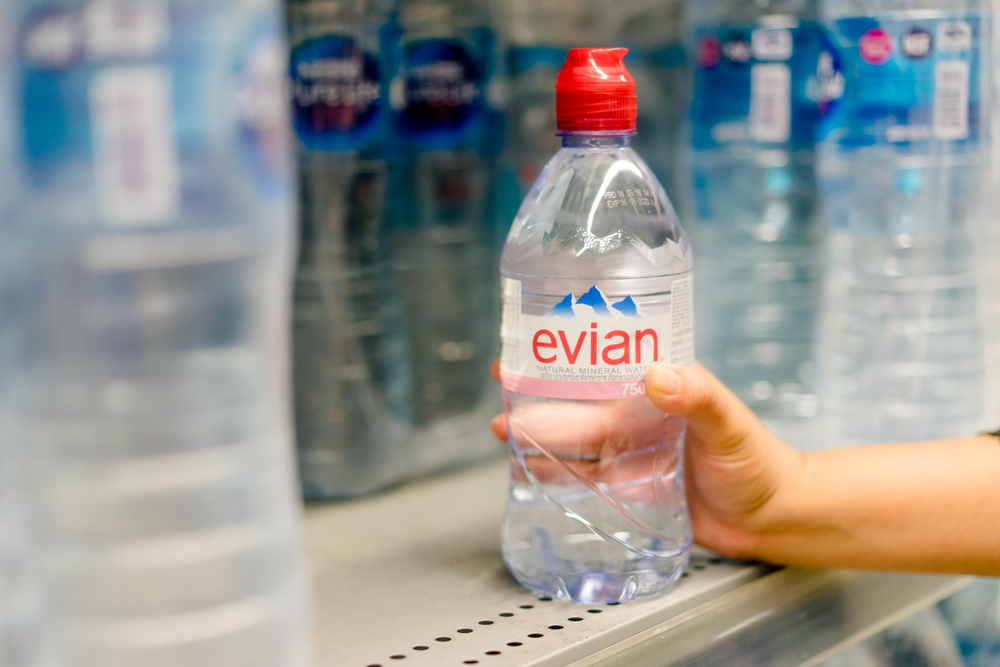
Evian is often marketed as a premium brand sourced from the French Alps. While the water itself may originate from a natural spring, the packaging does not make it immune to microplastic issues. Evian uses plastic bottles that are lightweight but prone to releasing small particles. Even small imperfections in the bottling or capping process can introduce microplastics into the water. Additionally, bottles are often shipped long distances, increasing the chance of exposure to heat and pressure changes. These conditions can accelerate the breakdown of plastic, releasing more microplastics into what would otherwise be a pure water source.
How Do Microplastics Get Into Bottled Water
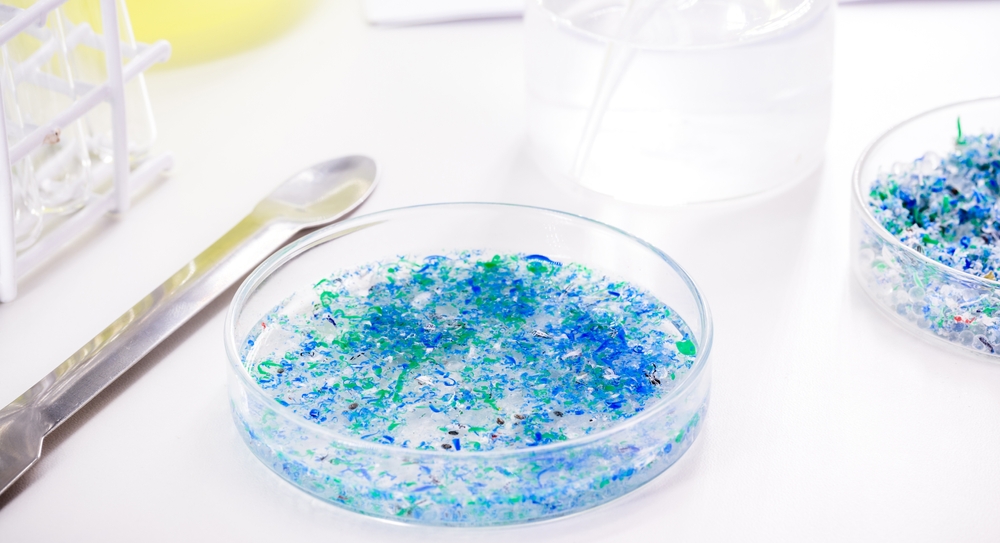
Microplastics can enter bottled water at several points in the production chain. The bottle material itself may degrade over time, especially when exposed to heat or direct sunlight. The plastic caps, often twisted or snapped tightly into place, can break off small fragments with each use. Filtration equipment, particularly if it includes synthetic filters, may also introduce microplastics. Even airborne particles in bottling plants can settle into open containers. No matter how clean the water source is, the use of plastic throughout the process makes contamination almost impossible to avoid. This is why the packaging material matters just as much as the water source.
Should You Avoid Bottled Water Altogether
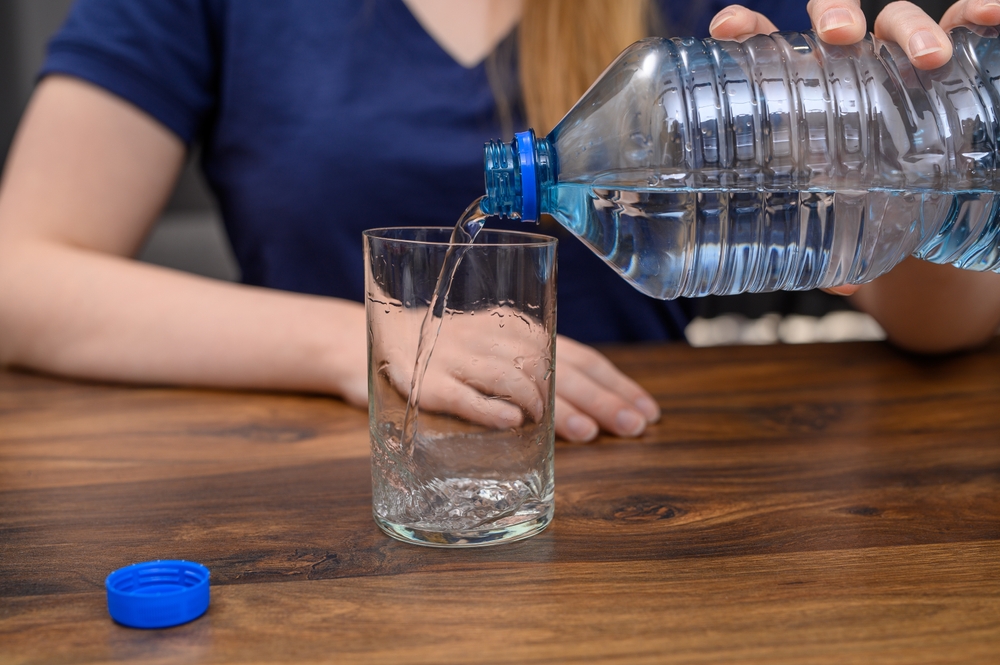
Not everyone can avoid bottled water completely. In places without reliable tap water, bottled water is a safer alternative. But for those with access to clean tap or filtered water, switching away from plastic bottles can reduce your intake of microplastics. Stainless steel and glass bottles are better options for reusable containers. At-home filters can also help, especially those that remove particles down to microscopic sizes. Reducing bottled water use not only limits your microplastic exposure but also cuts down on plastic waste in landfills and oceans. It is a win for your health and the planet.
Tips for Reducing Microplastic Exposure
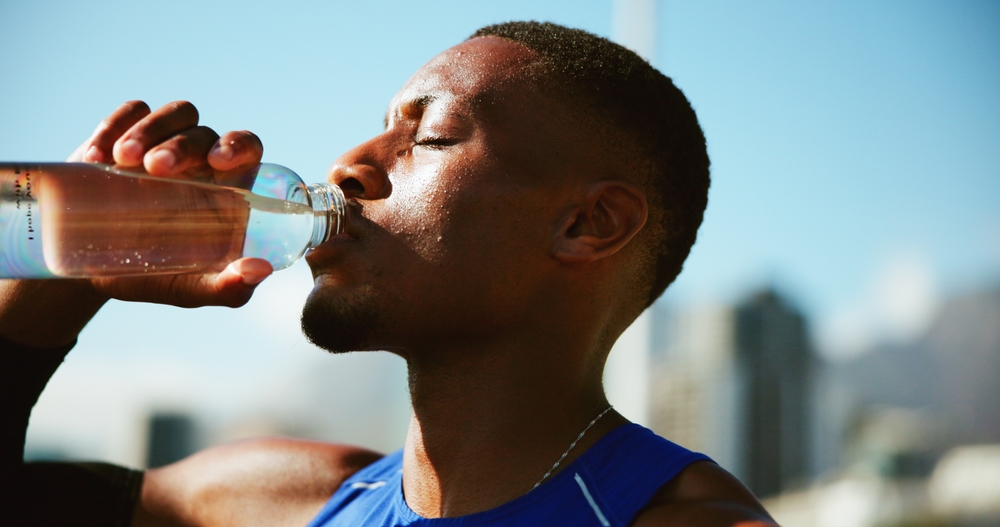
If you still choose to drink bottled water, there are ways to lower your risk. Store bottles in cool places, away from direct sunlight or heat. Avoid reusing disposable bottles, since wear and tear increase the chances of microplastics being released. When opening bottles, twist gently instead of snapping caps off quickly. Look for brands that use glass packaging or have published efforts to limit microplastics in their supply chains. At home, use a water filter certified to remove particles at the sub-micron level. Every small choice helps reduce how many microplastics end up in your body.
Bottled Water and Microplastics
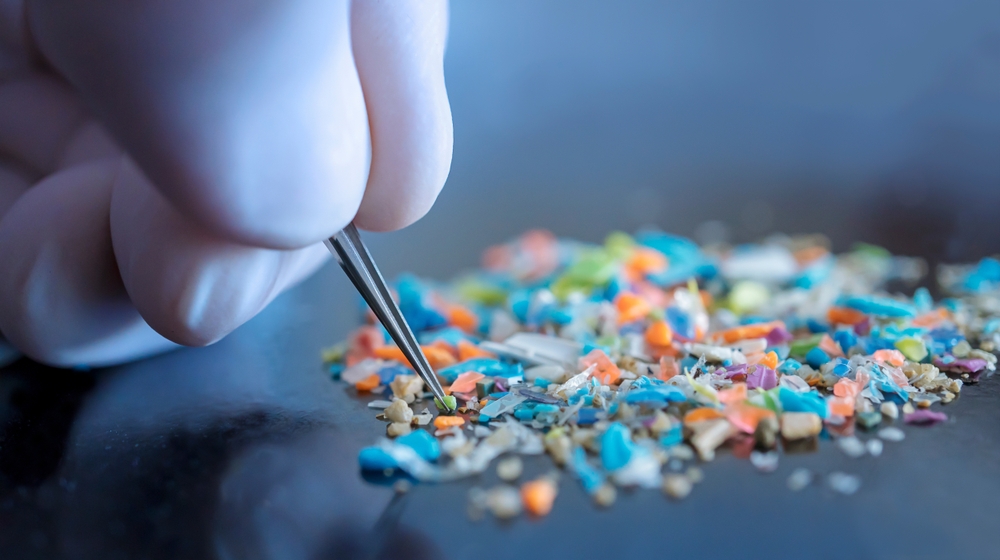
Microplastics are now part of the modern food and water supply. Bottled water, once seen as the safest option, is no longer free from this risk. Brands like Nestlé Pure Life, Bisleri, Aquafina, Dasani, and Evian all show signs of contamination from plastic particles. Though some companies work to improve their systems, the very nature of plastic packaging makes it hard to avoid microplastics altogether. Being aware of the issue and making informed choices can go a long way in protecting your long-term health. The fewer microplastics you consume, the better your body will function over time. In a world full of plastic, the cleanest option might just be the one that skips the bottle entirely.
Read More: 12 Surprising Things You Should Never Recycle at Home
Disclaimer: This article was created with AI assistance and edited by a human for accuracy and clarity.
